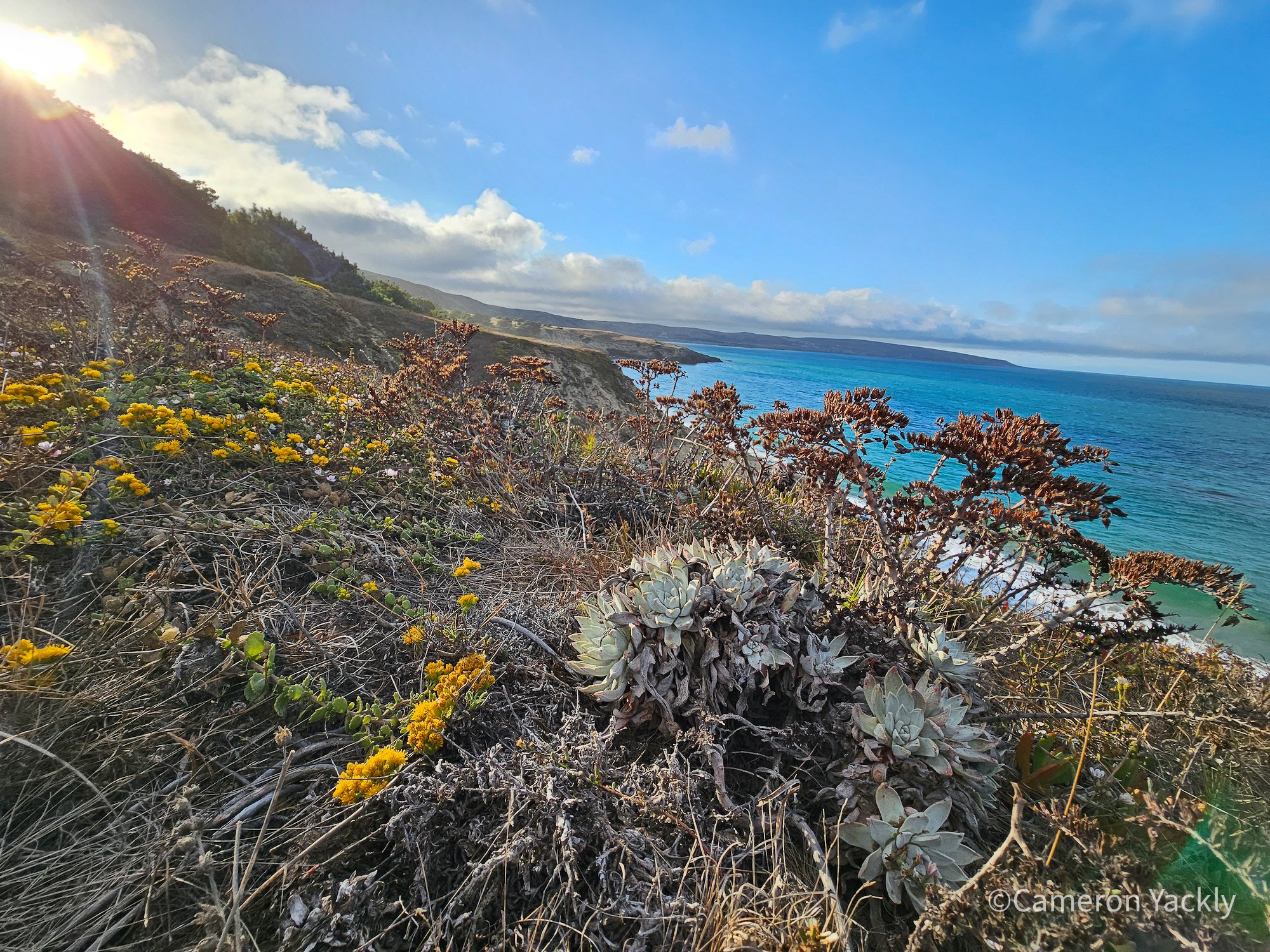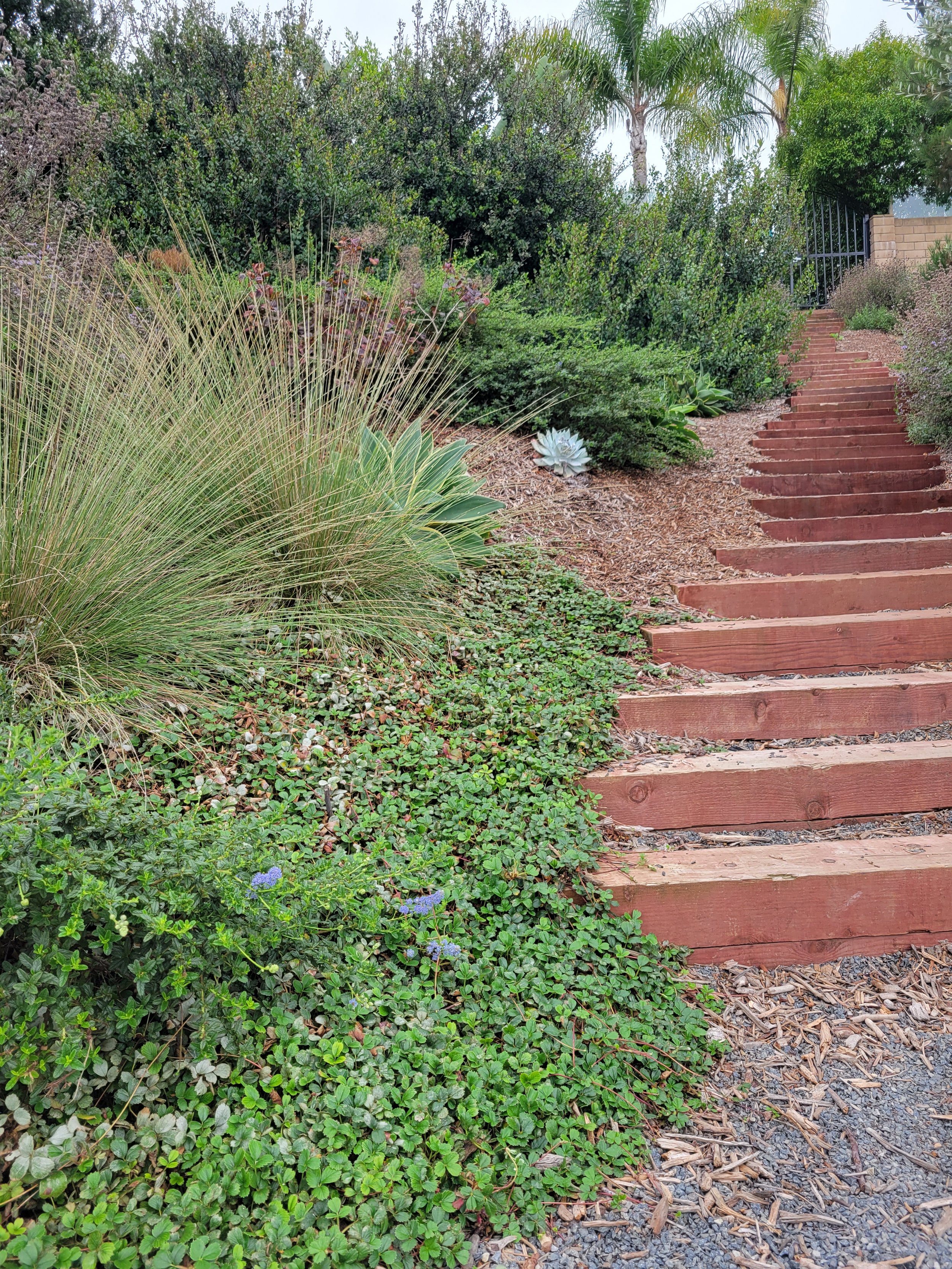
Dormancy Guide
What is Dormancy?
Dormancy in California native plants is an adaptation to the state's Mediterranean climate, characterized by cool, moist winters and long, dry summers.
Dormancy is how some native species conserve the water they received over the moist winter months. These plants can survive throughout the toughest parts of the dry summer months by going dormant. This adaptation is akin to the winter dormancy seen in species from colder climates, helping them endure extreme cold.
With some knowledge and design savvy you can learn to embrace summer dormancy and celebrate the amazing water saving adaptations of these species.
Designing with Dormancy
Don’t let the term summer dormancy scare you! Not all native species have this characteristic and with a little knowledge you can design your garden to look beautiful year-round even with a little dormancy sprinkled in.
Create an Evergreen Foundation
This will ensure you have green no matter the season. If your dormancy tolerance is low, stick to foundation plants for most of your species. Search our plant database with the search filter set to evergreen to help create a plant list.
Fill in the Gaps
Once you have a nice evergreen base you can add in your perennials with shorter bloom periods and dormancy requirements.
Make Dormancy into a Design Element
You can even make dormancy a design element by using the characteristics of these species to your advantage. Take their shape, texture and color when dormant as a factor in your design.


